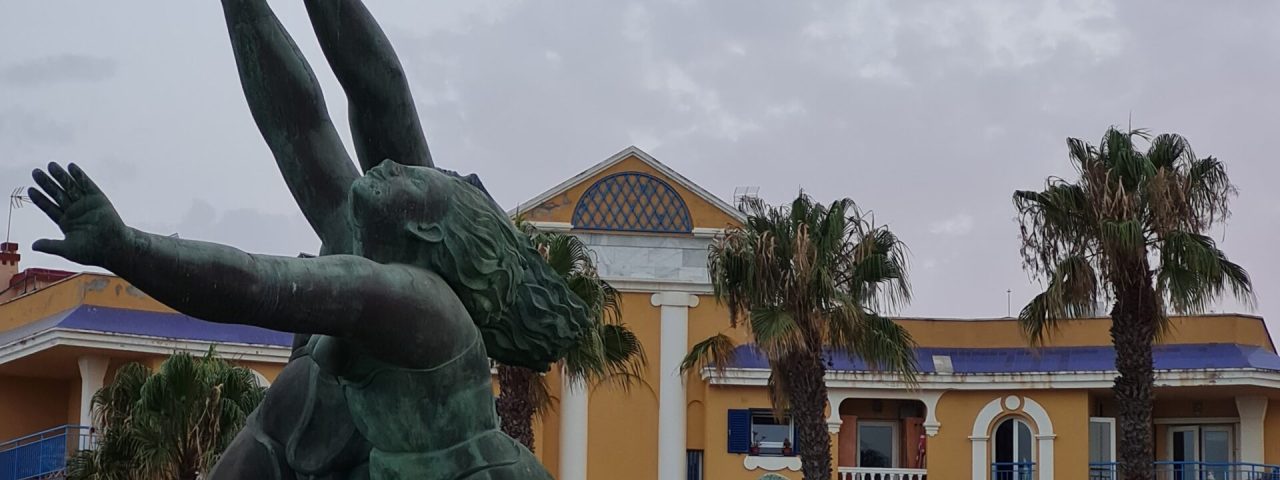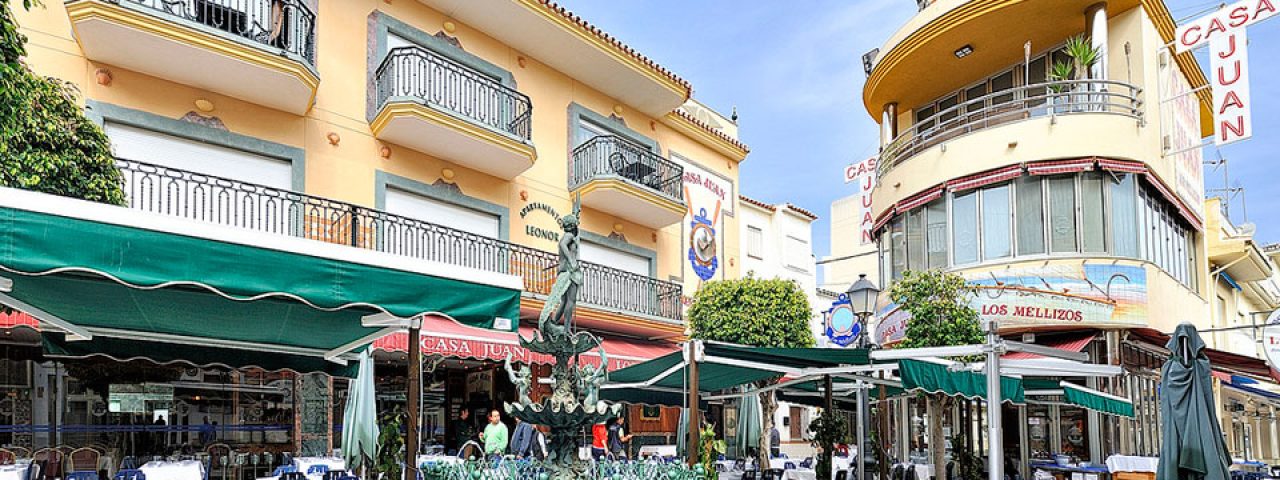Torremolinos has a rich history that reflects the various cultural influences that have shaped Andalusia over the centuries. Originally a small fishing village, it has evidence of Roman settlements and was later significantly influenced by the Moors during the Islamic rule of Spain. The city’s name is derived from the Arabic word “Turris,” meaning tower, and “Molinos,” meaning mills, referencing the many windmills that once dotted the landscape. In the late 15th century, after the Reconquista, Torremolinos came under Christian rule, and it remained a quiet fishing village until the 20th century.
The city experienced a tourism boom in the 1950s and 1960s, becoming one of the first resorts on the Costa del Sol to attract international visitors. Today, its multicultural history is evident in the local customs, festivals, and architectural styles. One of the most notable cultural events is the annual Feria de Torremolinos, held in September, which celebrates Andalusian traditions with music, dance, and parades.
The city also hosts many events tied to its fishing heritage, such as the Virgen del Carmen festival, where fishermen carry a statue of the Virgin Mary into the sea to bless the waters. Visitors can explore historical landmarks like the Torre de Pimentel, a remnant of the city’s Moorish past, as well as enjoy Flamenco shows, a key part of Andalusian cultural identity.



